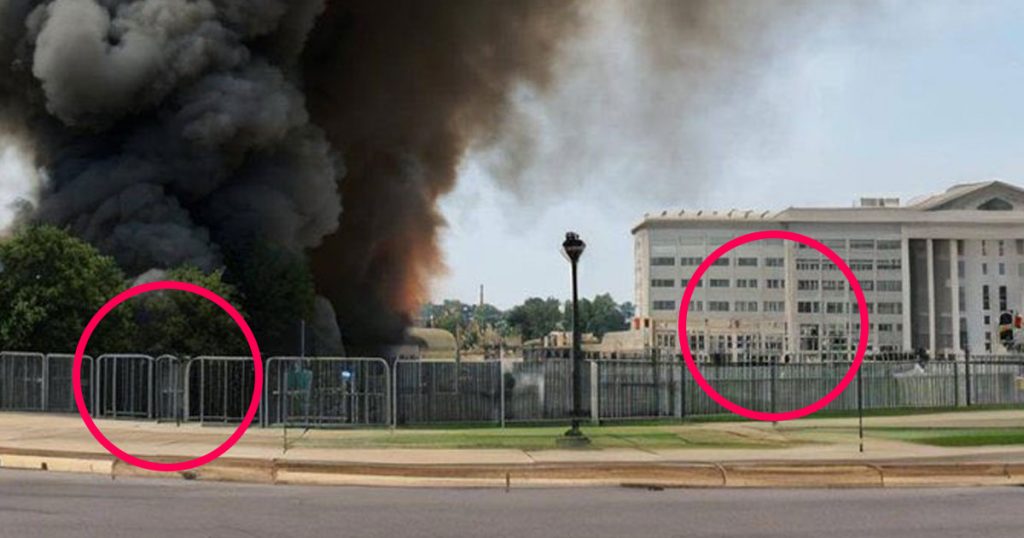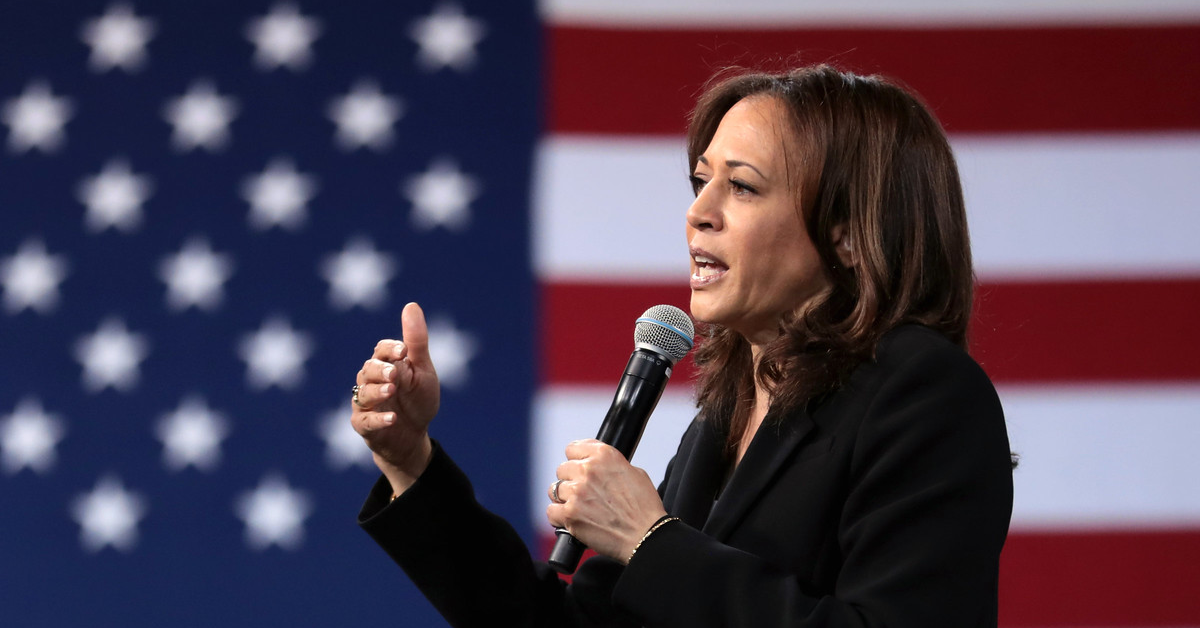An image of black smoke billowing next to a bureaucratic-looking building spread across social media Monday morning, with the claim that it showed an explosion near the Pentagon.
The image, however, is the latest instance of worries surrounding the explosion of AI-backed technologies
Why it Matters: Police and fire officials in Arlington, Virginia, say the image is not real and there was no incident at the U.S. Department of Defense headquarters across the Potomac from the nation’s capital.
- Despite this, the image and claim was spread by outlets including RT, a Russian government-backed media company formerly known as Russia Today.
- It was also widely shared in investment circles, including an account bearing Twitter’s signature blue verification check mark that falsely suggested it was associated with Bloomberg News.
- The image’s rapid spread prompted the Arlington County Fire Department to take to social media to knock down the rumors. “There is NO explosion or incident taking place at or near the Pentagon reservation, and there is no immediate danger or hazards to the public,” they said.

What they’re saying: Misinformation experts say the fake image was likely created using generative artificial intelligence programs, which have allowed increasingly realistic, but oftentimes flawed, visuals to flood the internet recently.
- Chirag Shah, co-director of the Center for Responsibility in AI Systems & Experiences at the University of Washington in Seattle, cautioned that spotting fakes won’t always be as obvious. Society will need to lean more on “crowdsourcing and community vigilance to weed out bad information and arrive at the truth” as AI technology improves, he argued.
- Misinformation can be especially damaging when it’s shared by outlets even vaguely deemed as credible. “It’s basically like you’re pulling a trigger every time a headline comes out,” said Adam Kobeissi, editor-in-chief at The Kobeissi Letter, an industry publication.











